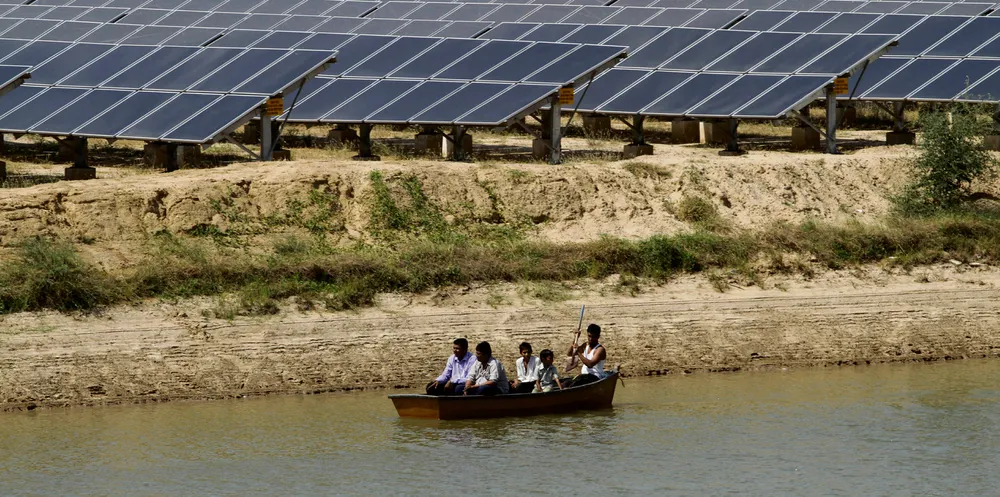'Tech-neutral and hybrid tender models are helping renewables' economic logic in India'
Shift towards more sophisticated tendering with a focus on power outcomes rather than technology is opening new doors for wind and solar, writes Sidharth Jain

Shift towards more sophisticated tendering with a focus on power outcomes rather than technology is opening new doors for wind and solar, writes Sidharth Jain
